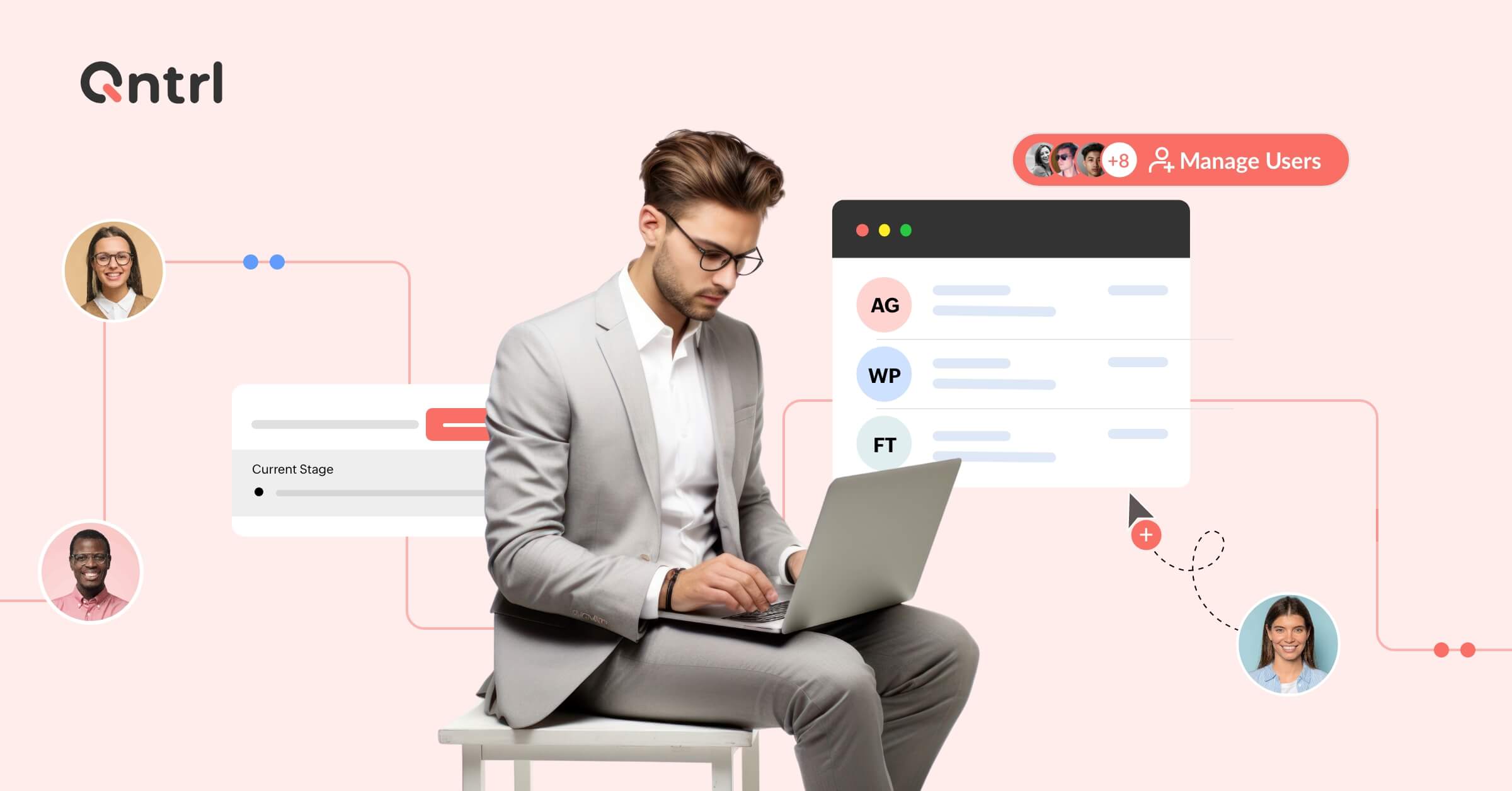Close to 51% of organizations are automating their processes to cut costs, according toGartner.
Before investing in process automation software, it's crucial to understand your organization's specific requirements. Ask these questions to better understand your needs and assess the pros and cons:
- What are your business requirements for workflows?
- What features are essential for workflow management?
- How many users will be utilizing the workflow system?
- How much assistance will you likely need during implementation?
- Do automating repetitive processes result in improved efficiency in running the HR teams, resulting in faster and more accurate outcomes?
- Is data accuracy enhanced as a result of automation, reducing the risk of errors?
- Are communication and collaboration within the HR department also improved through automated notifications?
Processes that can be implemented for HR automation
Employee performance evaluation workflow
- Automated reminders are sent to managers and employees when performance evaluations are due.
- Managers and employees complete performance evaluation forms electronically.
- The system automatically collects and analyzes evaluation data.
- HR receives compiled evaluation reports for review and further action.
- HR schedules follow-up discussions or training based on evaluation results.
Employee offboarding workflow
- HR receives notice of an employee's departure.
- The system automatically generates exit checklists and offboarding tasks.
- HR updates relevant systems to terminate access to company resources.
- Automated notifications are sent to IT, security, and other relevant departments for necessary actions.
- HR conducts exit interviews electronically, collecting feedback and insights from departing employees.
These examples highlight how HR automation can streamline the performance evaluation process and ensure a smooth offboarding experience for employees.
Process automation tools are incredibly versatile and adaptable, capable of fulfilling any organizational need. They excel in handling a wide range of workflows within a low-code environment, offering the flexibility to modify them as required. Whether you have a specific process in mind or need to streamline various tasks, these tools can effectively bring efficiency and breathe life into your operations.
Perks of HR automation for employees
HR automation offers benefits not only for HR teams but also for employees.
Focus on value-added tasks
Automation allows HR professionals to dedicate more time to strategic HR activities, employee relations, and overall organizational structure.
Employee autonomy
By implementing self-service tools, employees gain independence in accessing their pay stubs and taxes and requesting time off. This empowerment speeds up the completion of personal documentation.
Choosing the right HR automation software is essential for streamlining HR processes. By automating tasks like recruitment, tax management, performance evaluations, and workflow creation, businesses can save time, reduce costs, improve efficiency, and empower employees. Embrace HR automation to enhance your organization's HR operations and optimize overall performance.
Key HR processes that benefit from automation
Recruiting process
HR automation can significantly simplify the recruitment process. Automated solutions can reach out to passive candidates and aid talent acquisition teams in filtering applications. By reducing administrative work, HR professionals can focus on conducting interviews and selecting the best candidates.
Tax documents and compliance forms
HR process automation can streamline tax-related processes and ensure compliance. Workflow automation can be taken advantage of for tedious tasks like regulating tax mistakes and relieving organizations from complex tax management. Additionally, many of these tools can handle payroll paperwork, further simplifying HR tasks.
Performance evaluations
Performance evaluations can be time-consuming for HR teams. With HR process automation, data collection and analysis become automated, making it easier for HR to take action based on feedback. While peer evaluations may still require manual involvement, automating the collection and analysis process improves efficiency.
Implement automatic workflows
Automating workflows is a key focus when implementing HR automation. Automated workflows can block calendars during employee leave, send reminders for important dates, and notify managers and employees of work anniversaries and birthdays. Automating these tasks reduces the burden on HR departments, improves efficiency, and minimizes errors.
Steps for HR workflow optimization
- Gather information from your team members.
- Determine the specific responsibilities within the workflow.
- Create a clear outline of the sequence of tasks in the workflow.
- Seek the necessary approvals for the proposed workflow.
- Finalize and implement the optimized workflows.
Dos and don’ts when automating your HR processes
To assess your HR processes, identify repetitive and time-consuming tasks that can be automated, such as employee onboarding, leave management, performance evaluations, and payroll processing.
Choose the right automation tools
Select HR software solutions that offer comprehensive workflow automation capabilities tailored to SMEs. Look for features like customizable workflows, task management, employee self-service portals, and integration with other HR systems.
Streamline employee onboarding
Create a standardized onboarding workflow that automates tasks like collecting employee information, setting up email accounts, assigning training modules, and notifying relevant stakeholders. This ensures consistency, reduces administrative overhead, and minimizes errors.
Simplify leave management
Implement a self-service leave management system where employees can request leave through the HR software. This triggers an automated workflow for approvals, updates leave balances, and notify managers, simplifying the process and enhancing transparency.
Optimize performance evaluations
Set up an automated performance evaluation system with reminders, predefined criteria, and progress tracking. This eliminates manual follow-ups and ensures timely evaluations.
Automate payroll processing
Integrate HR software with payroll systems to automate timesheet management, salary calculations, tax deductions, and payslip generation. This improves accuracy and saves time and effort.
When selecting the proper process automation tool for your HR department, ensure it offers code-free design, seamlessly integrates with other cloud apps, utilizes cloud-based technology, includes a robust reporting tool, provides timely notifications, and supports role-based technology.








